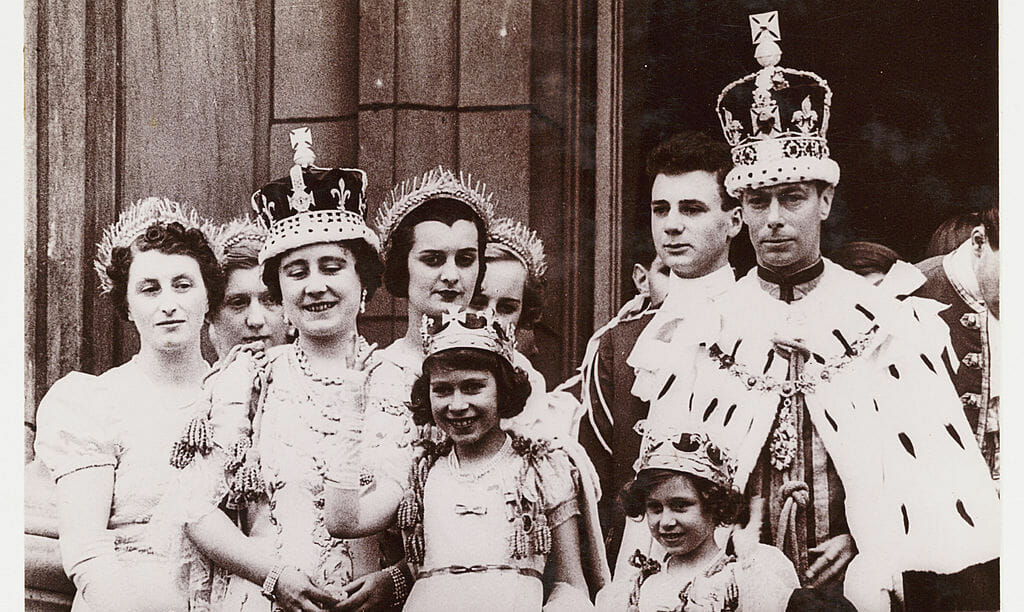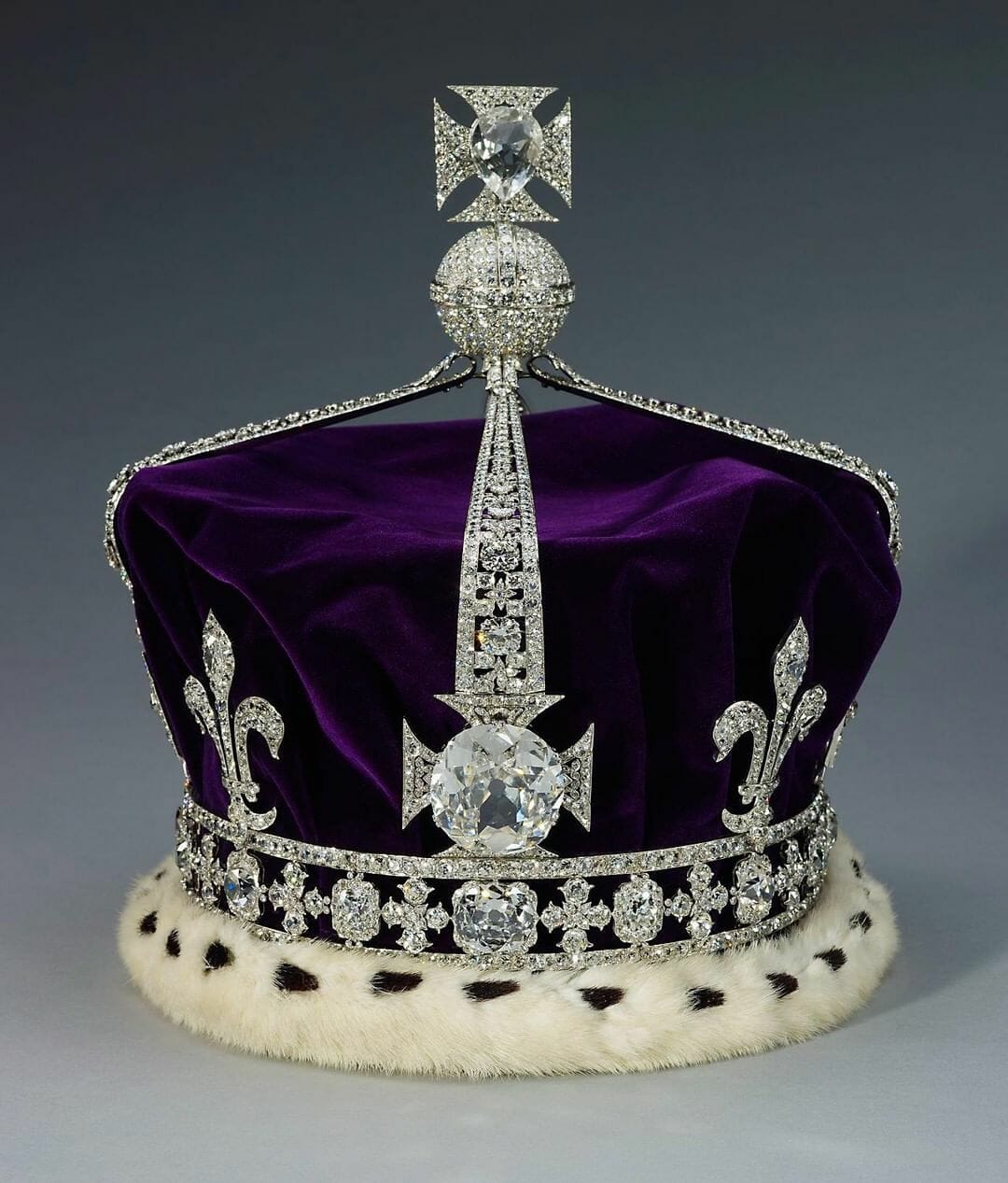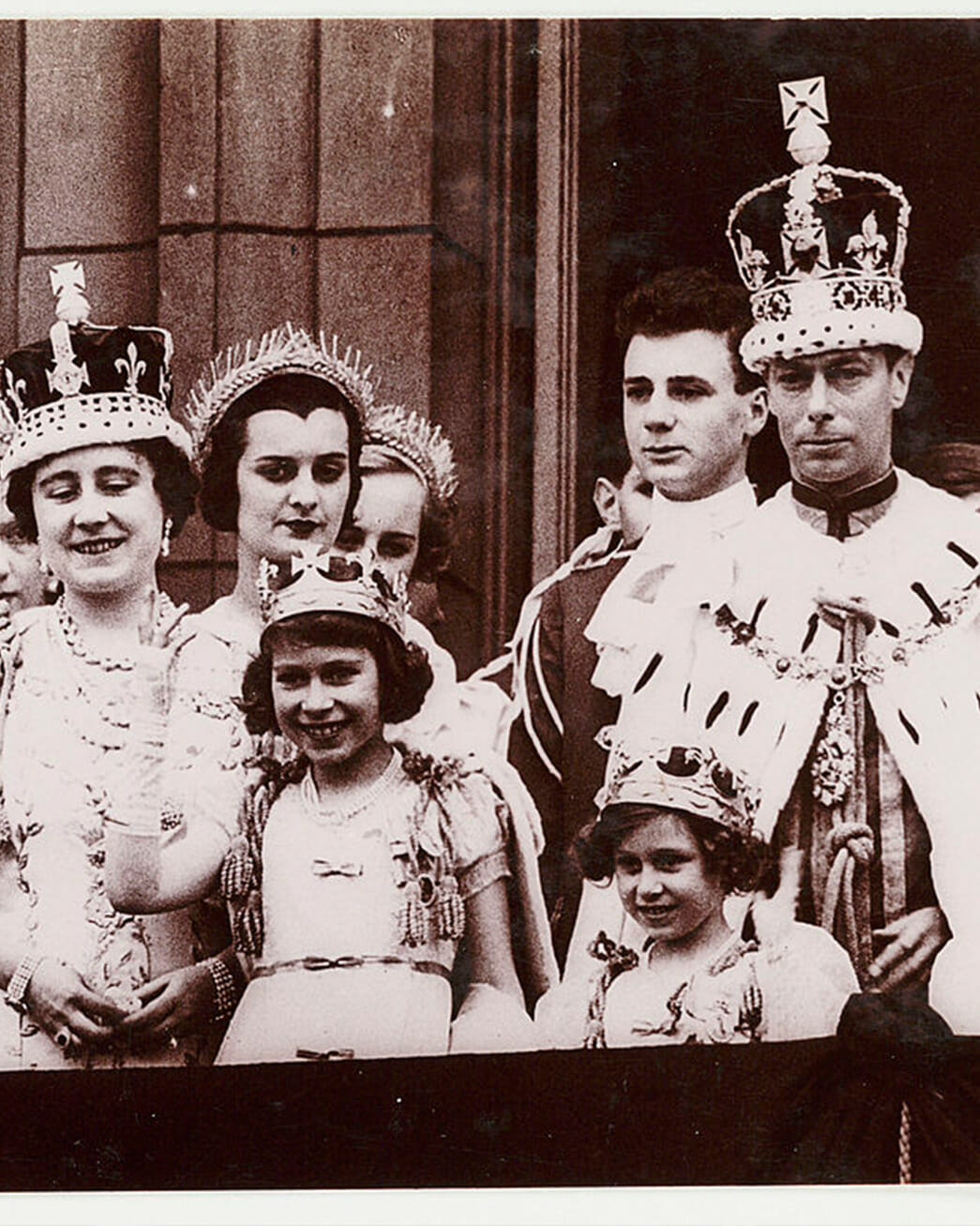Diamond Hall of Fame:
The Koh-I-Noor Diamond
“Diamond Hall of Fame” highlights the world’s most celebrated diamonds, from legendary stones with a scandalous past to newly uncovered diamonds that have quickly garnered star status. Up first, the Koh-I-Noor Diamond.

The riveting story of the Koh-i-Noor diamond has all the elements for an epic Lord of the Rings saga with royal power struggles, tragic wars, romance, and a priceless jewel at the center of it all. But this isn’t fiction. The Koh-i-Noor is so monumental and rare that its history has been chronicled for 750 years. After a tumultuous journey, it’s now the star of the British Crown Jewels and resides safely in the Tower of London.
Over the centuries, there are only a handful of monumental diamonds that are so valuable and significant that they are christened with a name, and their journeys are tracked and documented. Those include the Hope Diamond, Sauncy, and Koh-i-Noor, and each has a scandalous story worth telling.
The History of The Koh-I-Noor Diamond

Nobody knows exactly where in India the Koh-i-Noor stone was originally discovered, but at 186 carats (about the size of an egg), it must have been like uncovering a star that had fallen from the sky. Its first recorded history dates back to the 14th century when it was owned by different ruling maharajahs and Mughals as they gained and lost power. Apparently, every ruler declared the stone as his own, but because nobody held power for too long, the diamond changed hands, and often. It wasn’t until 1628 that there were documented images of the stone; by then it was in the hands of the big-spending Shah Jahan (the Mughal ruler who built the Taj Mahal). He commissioned a magnificent, jeweled throne and had the Koh-i-Noor diamond placed at the top of the head of an elaborate gemstone peacock.
Read More: The Queen’s Platinum Jubilee: The Story Behind the Coronation Diamond Jewels
In 1739, Persian commander Nadir Sjah took over the region. As the legend goes, when he first laid eyes on the diamond, he declared it ‘Koh-i-Noor’ (or, the mountain of light), and the name stuck. Sjah took the Peacock Throne—along with everything else in the country’s abundant coffers—then removed the Koh-i-Noor and placed it on his armband.
The Koh-I-Noor Diamond: A Gift or Stolen?
Once removed from India by Sjah, the diamond was held for 70 years in what we know today as Afghanistan. In 1813, it was returned to India by the wealthy Sikh ruler Ranjit Singh, who recognized the diamond as an emblem of power. But like the Koh-i-Noor’s previous owners, his reign didn’t last long. There was always someone more powerful who aspired to wear the stone and prove they were the mightiest and richest in the region.
After changing hands between Punjab rulers, the next in line was the British Empire. In 1849, the British took control over the country’s trading posts, natural resources and riches, and forced the last Sikh Maharaja Duleep Singh to forfeit his rights and riches, including the Koh-i-Noor.
That year, the stone was given to Queen Victoria. Today, there is much debate between nations on how to resolve national treasures that were given or taken during colonial rule, and some Indians say the Koh-i-Noor should be returned to their country.

How Koh-I-Noor Diamond Became the Star of the British Crown Jewels
Once in the hands of the Brits, they knew they had a spectacular treasure, displaying it and all its grandeur at the 1851 Great Exposition in London. Apparently, the rock—one of the largest diamonds at the time—didn’t impress the public, who had expected to see a magnificently sparkling jewel. The Times of London reported in June 1851: “Many people find a difficulty in bringing themselves to believe, from its external appearance, that it is anything but a piece of common glass.”
That comment didn’t go unnoticed by Prince Albert, who had the stone recut to enhance its inherent beauty and sparkle, and to ensure it made a greater impression. In doing so, he reduced the Koh-i-Noor diamond in size by nearly half to 105.6 carats, but made it far more beautiful (so beautiful, in fact, that Queen Victoria had been known to wear it as a large brooch).
Read More: How Princess Diana Transformed Her Diamonds
The Koh-i-Noor diamond has remained in Queen Victoria’s family; in 1911, it was set in the Imperial Crown and worn by Queen Alexandra, the wife of Edward VII, and then by Queen Mary, wife of George V (Victoria’s grandson). Next, in 1937, it was set as the centerpiece of the Queen Mother’s crown, the wife of George VI and mother of modern-day royalty, Queen Elizabeth.
It’s been like a sleeping beauty resting in the Queen Mum’s crown for the past 80 years and rarely worn. Its last outing was at her funeral in 2002 when the crown sat atop the coffin.
Now, it’s in the hands of the next generation, making it their turn to decide the future of the Koh-i-Noor diamond. Will it be returned to India, or will it be placed in the next King’s crown? We will have to wait and see how the saga unfolds.
